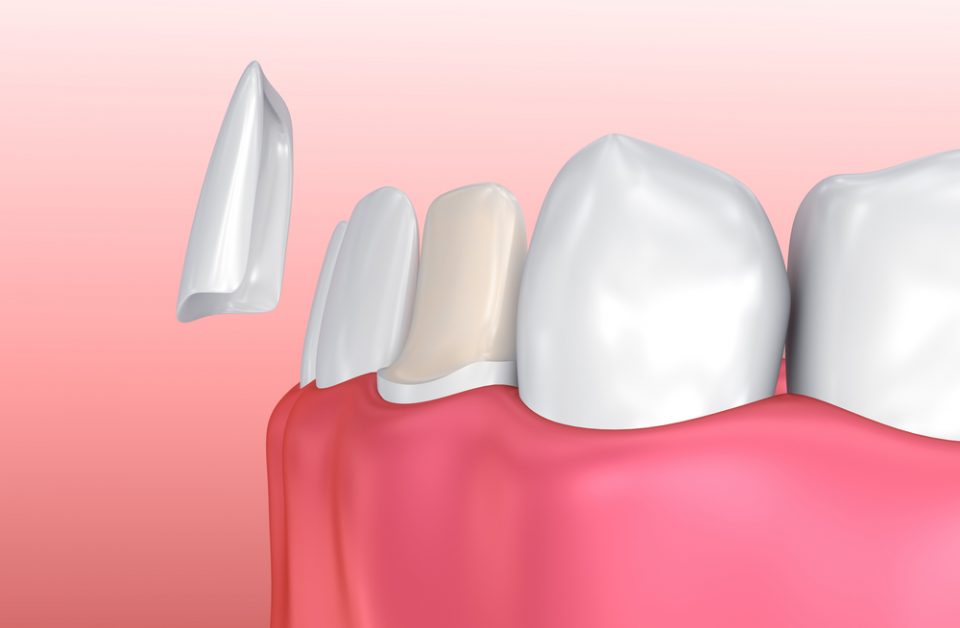Humans require teeth to conduct essential activities like eating, talking, etc. They are frequently damaged or may be oddly shaped and spaced since birth, in which case you might want to opt for dental veneers. They are prosthetic substances, which are super thin and placed over the front of the teeth. They are suitably colored to appear natural. Veneers can be customized and molded into varying shapes and widths to appear as realistic as possible.
Before you opt for Veneers, You must Consider the Following Points:
- Since veneering is essentially a cosmetic procedure, it is important that you explain to your dentist what you want. It would be horrible to be stuck with a look you do not like despite paying a lot of money.
- Dental Veneers are expensive and cost around $4000 on an average. Be certain on how much money do you want to spend.
- The procedure is time-consuming and will take you a couple of hours depending on the number of veneers.
- There are alternatives to veneers. You can try bonding or crowning. Do veneering only if you want an effect that would be more than what bonding would provide, but not so drastic as to need a crown.
- Veneering is irreversible. Once you have them installed, it is practically impossible to remove them, so you should be certain whether you want them or not.
- Veneers require replacing every 7-15 years.
- While veneers do not require special care per se, it is of utmost importance to maintain a good oral hygiene which includes- brushing twice daily and flossing, for good health of the veneers.
- Dental Veneers can stain easily with even regular food items like coffee and tea. Porcelain veneers are usually more resistant but are comparatively expensive.
- If damaged or chipped, veneers are difficult to replace, you will probably be stuck with them for a long time.
- Since, during veneering, a portion of your enamel will be removed, you may have increased sensitivity towards hot and cold items.
- You’ll be given anesthesia which will numb the area before the procedure. If you have had reactions in the past or have heart problems, inform your dentist before-hand.
- Your gums may be sore and swollen for some time after the procedure.
Benefits and Use:
They improve the general appearance of your mouth. Usually, these veneers are made using porcelain or resin. Veneers are frequently employed when there is tooth discoloration after a procedure or due to antibiotic chelation staining as in tetracycline. Dental veneers are used in chipped teeth, misaligned teeth, and even in unevenly shaped teeth. Make sure you discuss with your dentist what exactly you want and what your expectations are, out of this procedure. You must ask and clarify any concerns.
Process:
When you go for the first time, a trained dental practitioner will assess the quality of your teeth and will ascertain the type of teeth you have and whether you need dental veneers. Once a decision is made, the dentist will remove a small thickness of your enamel, which is the outer coating of your teeth. He or she will then make a cast and send it to the dental laboratory. Depending on where you live, it may take about 2-4 weeks for the veneers to be ready. On your next appointment, the dentist will place the veneers on your teeth and see if they fit. He or she may do minor trimmings to get the perfect fit. Once convinced, a special cement will be used to keep the veneers in place and will be followed by polishing.
So, to rephrase, dental veneers are prosthetics applied to teeth for cosmetic purposes. They can be expensive so one must consider certain things before going for them. It is crucial to remember that veneers are relatively permanent but need to be changed about every 10 years, need proper oral hygiene for long life and can get easily stained.

